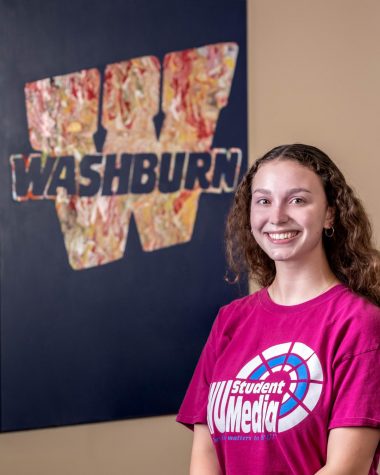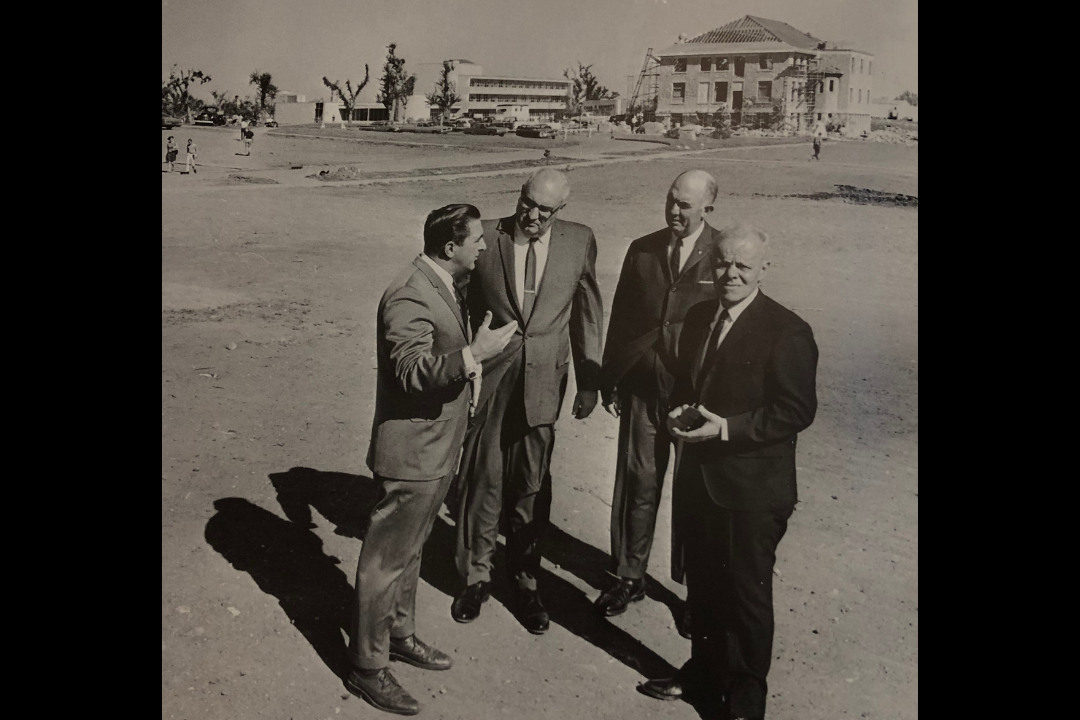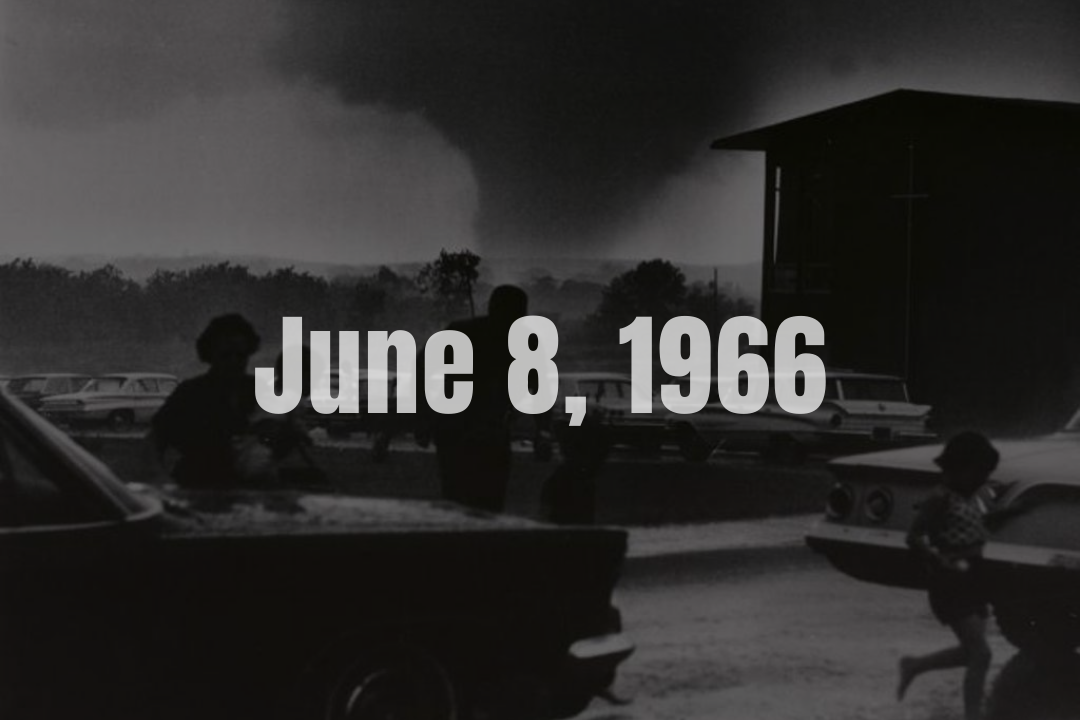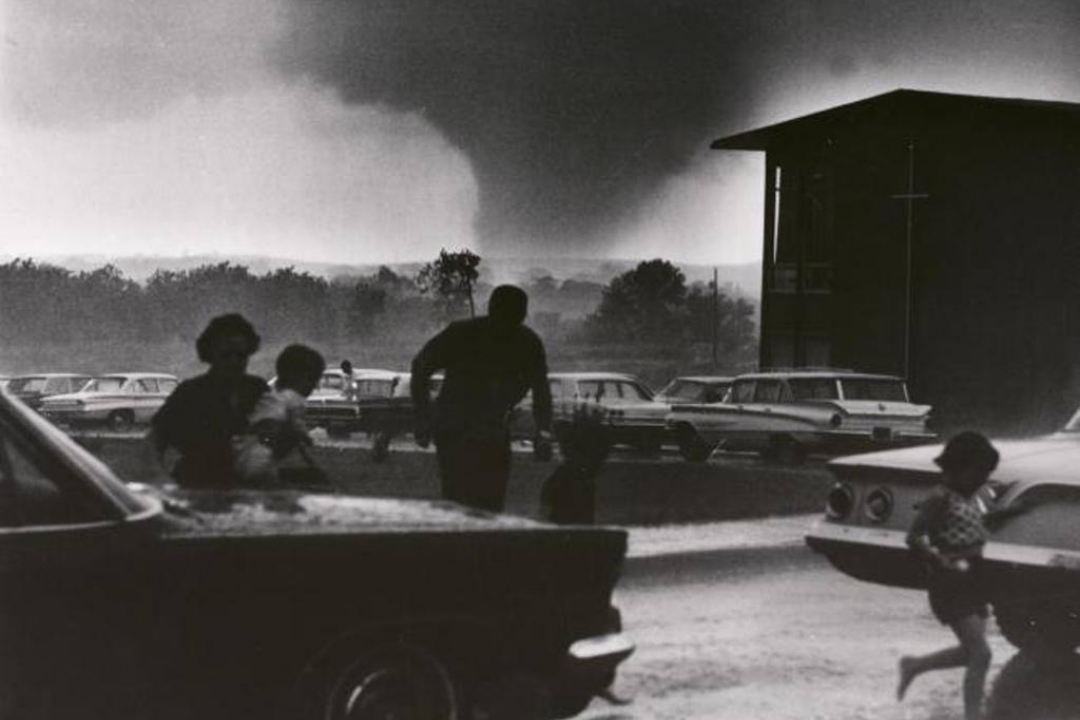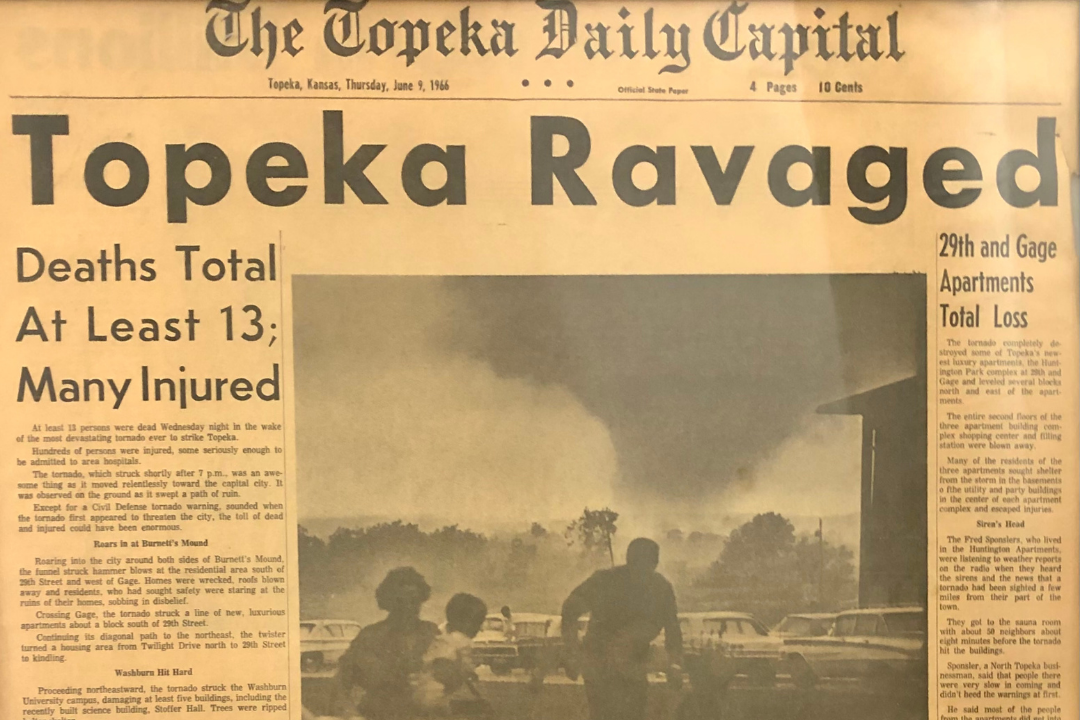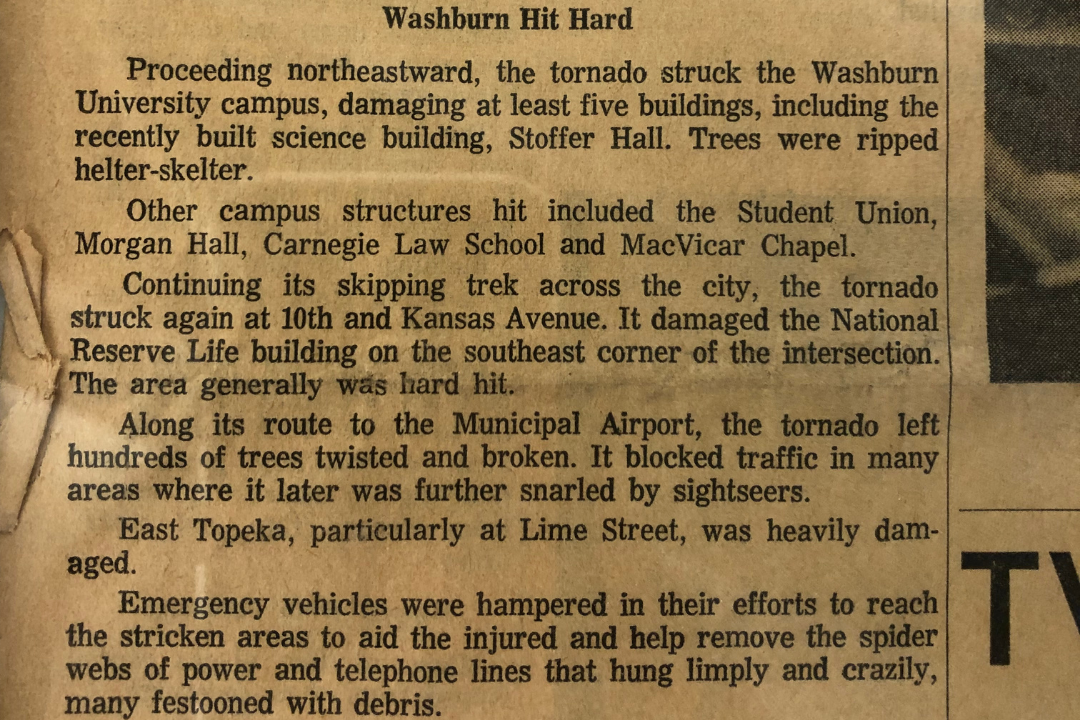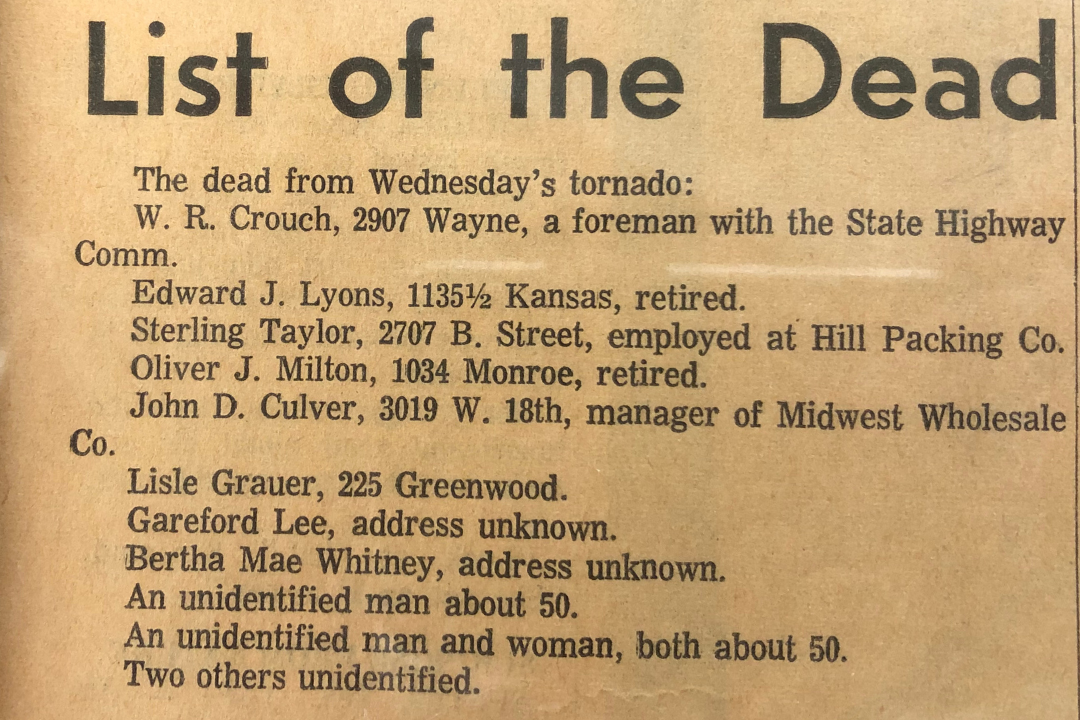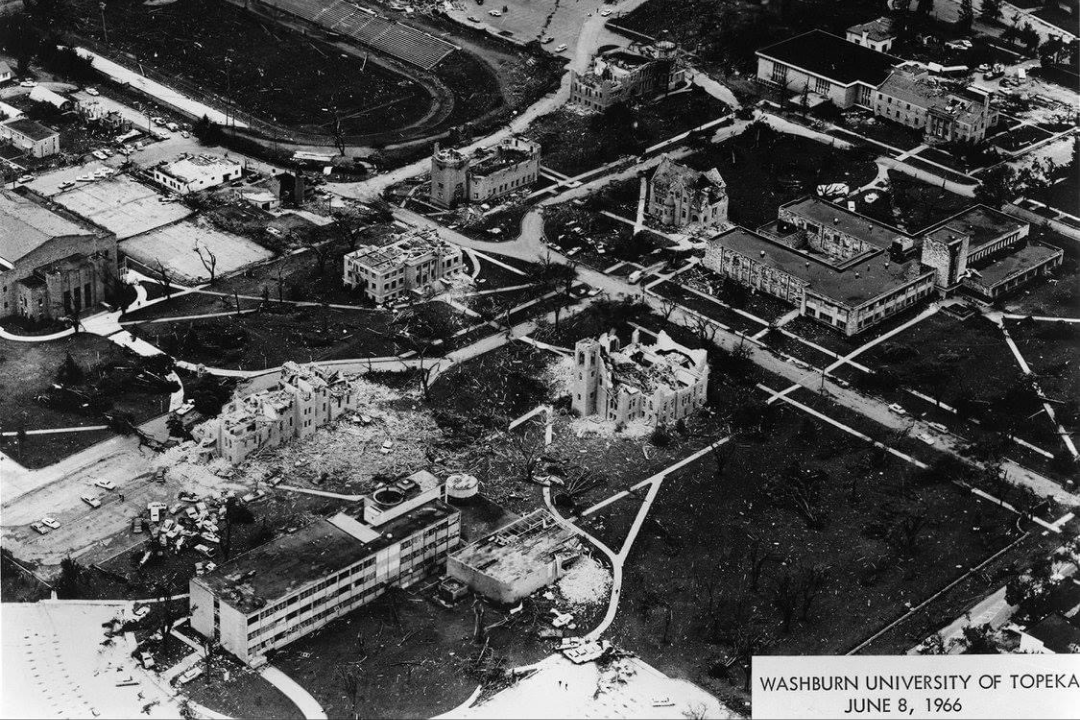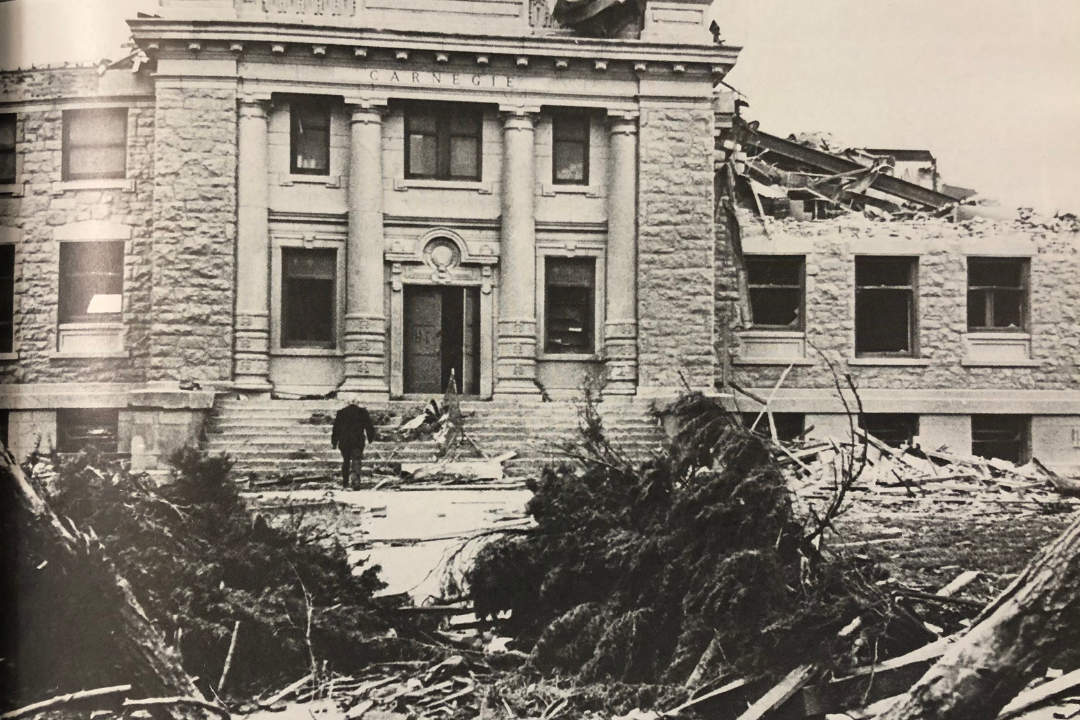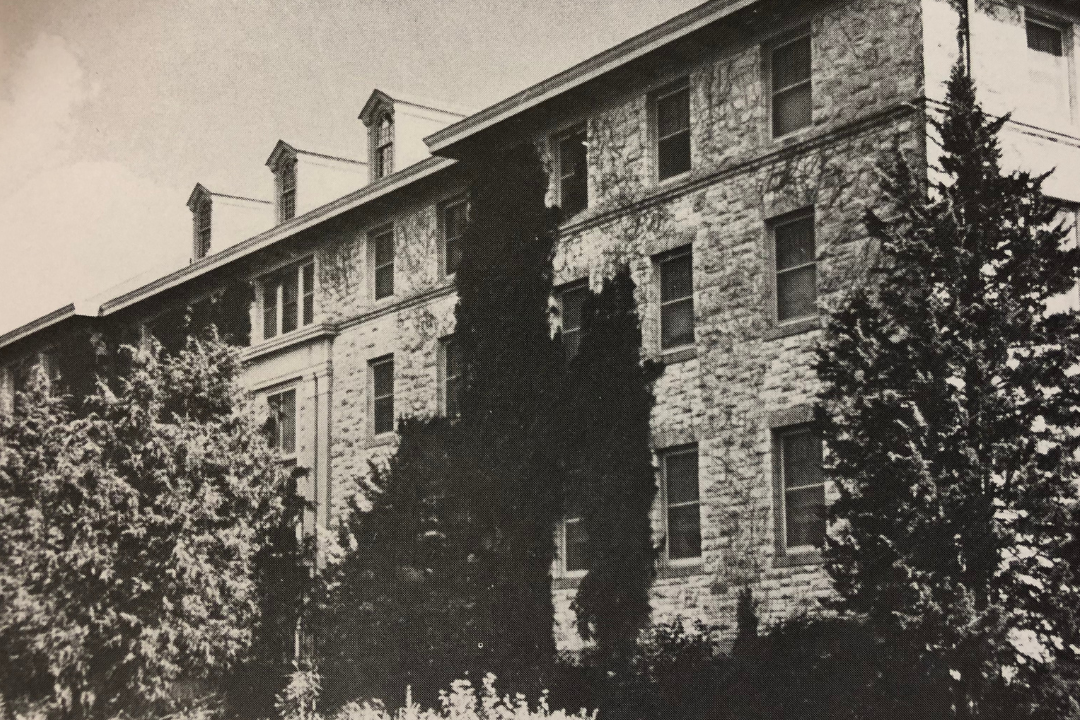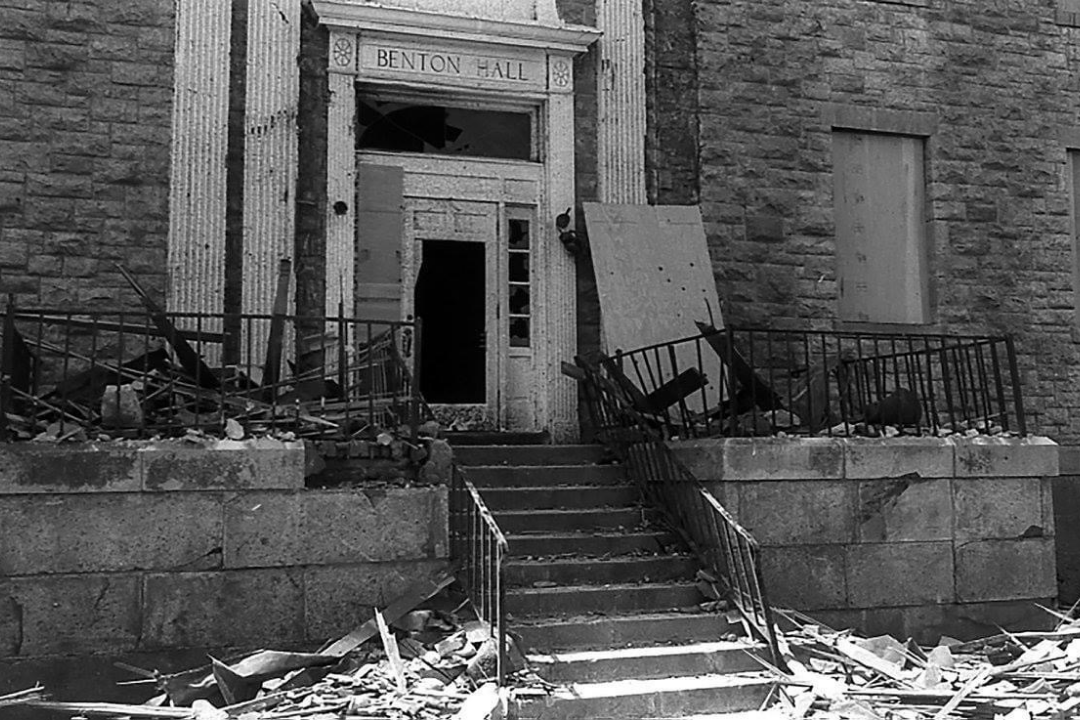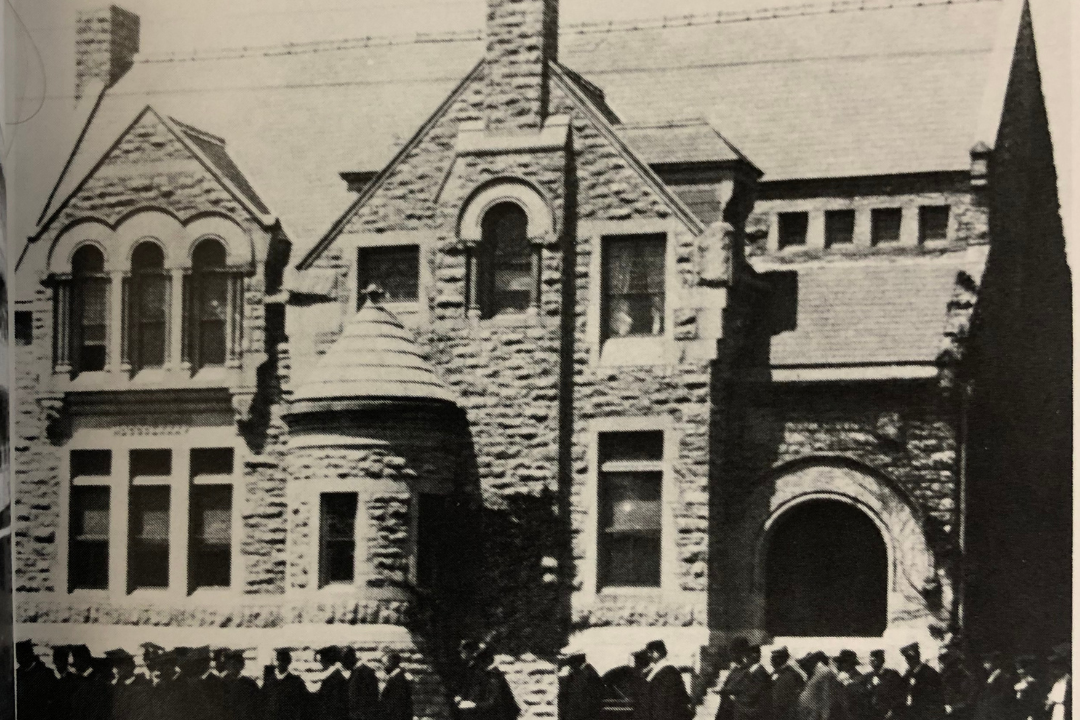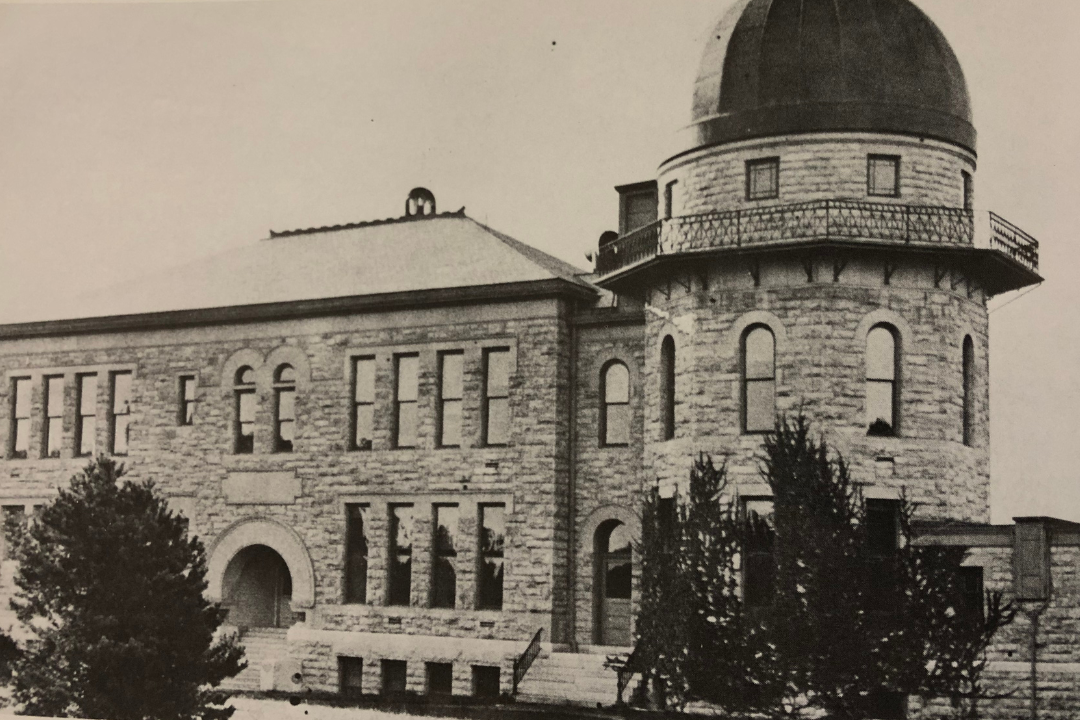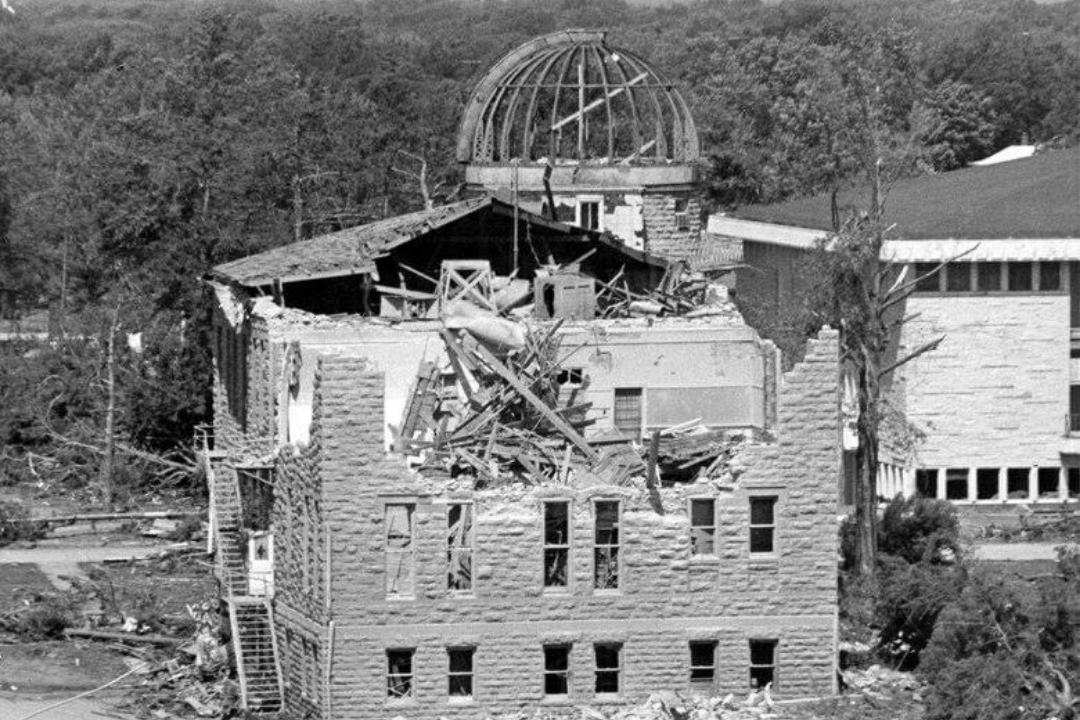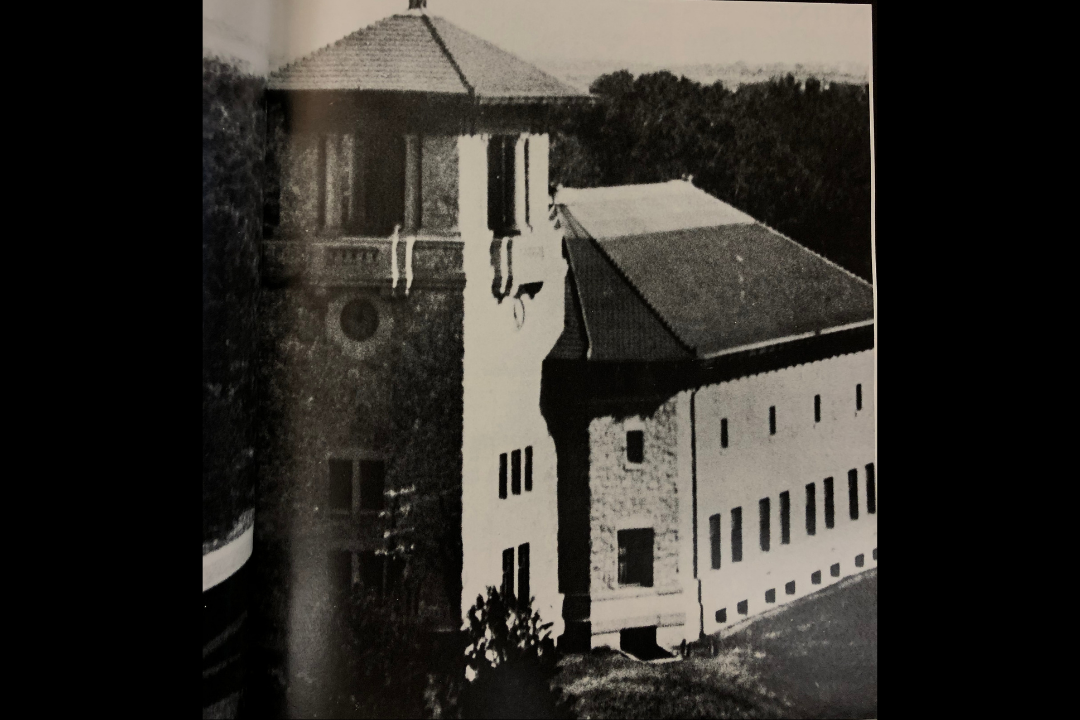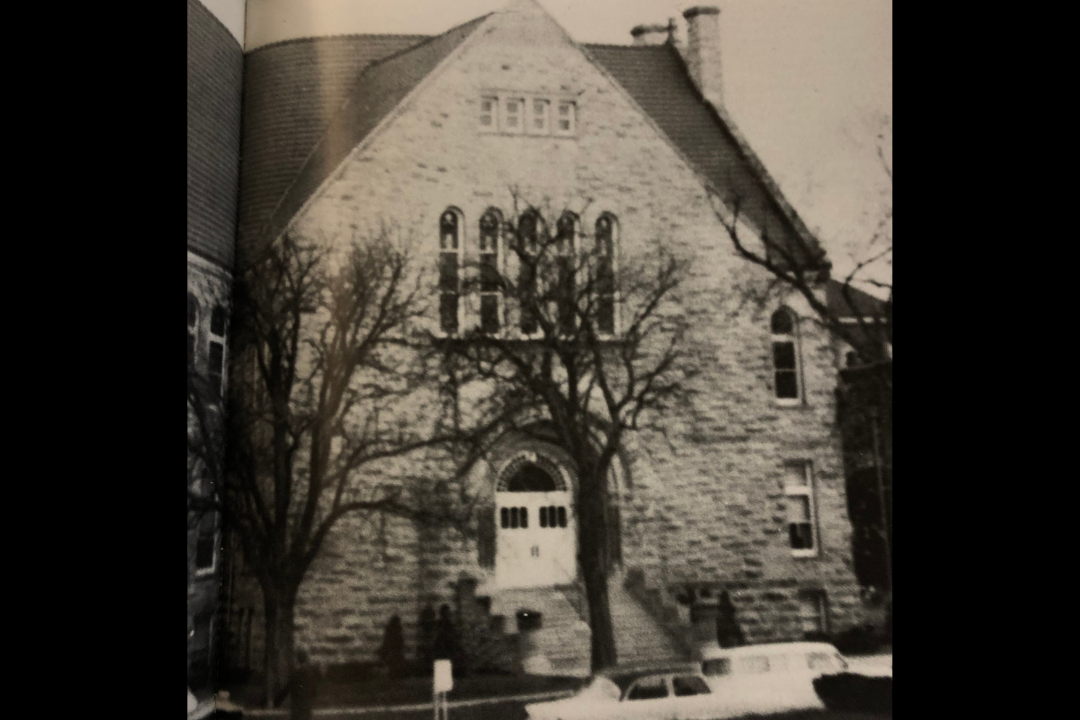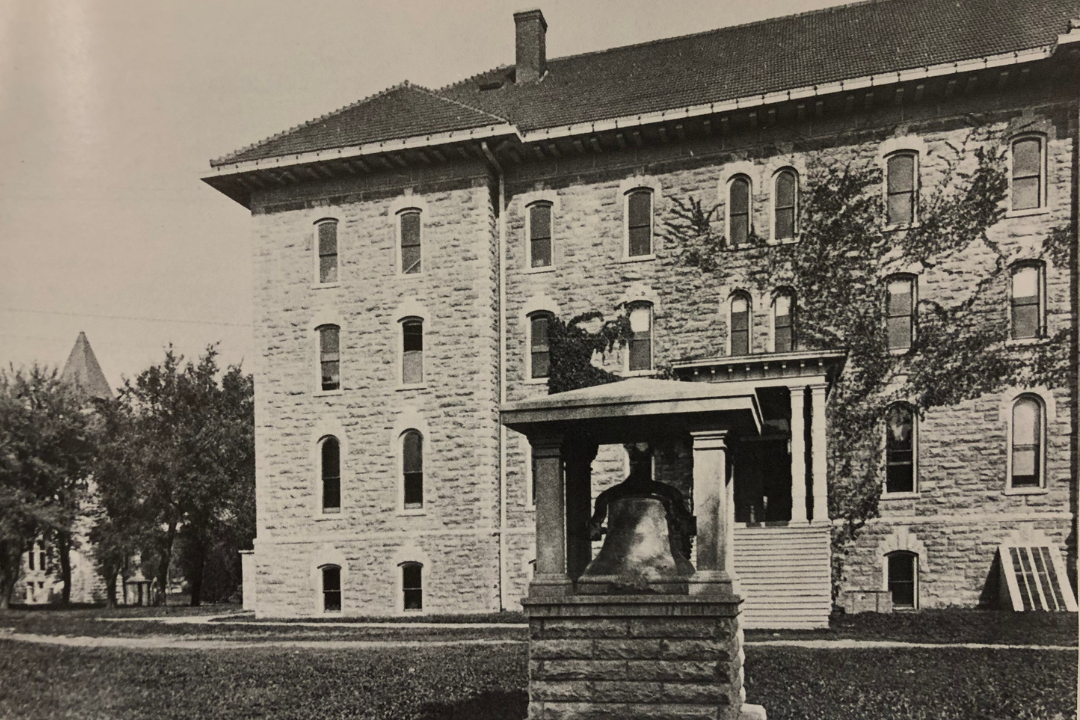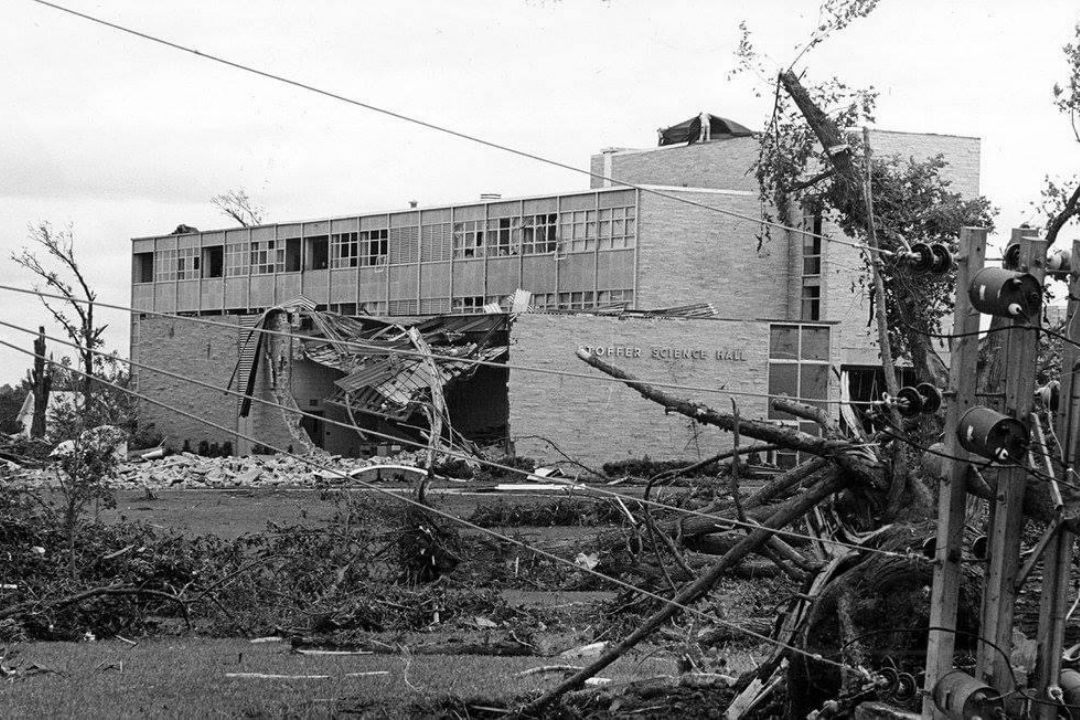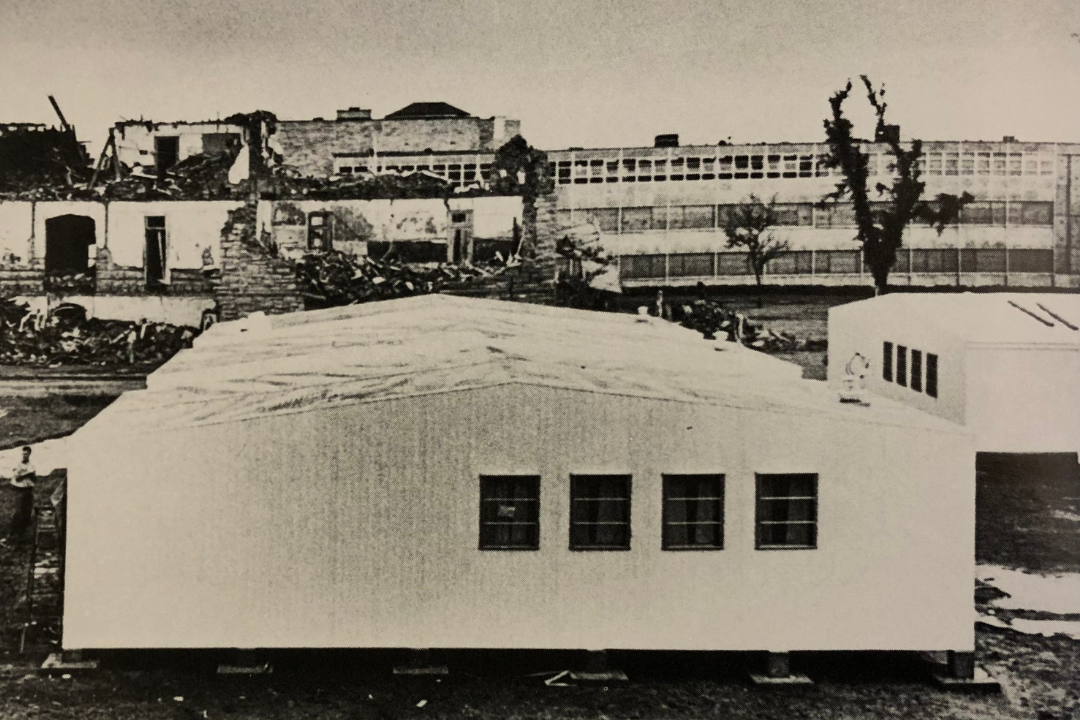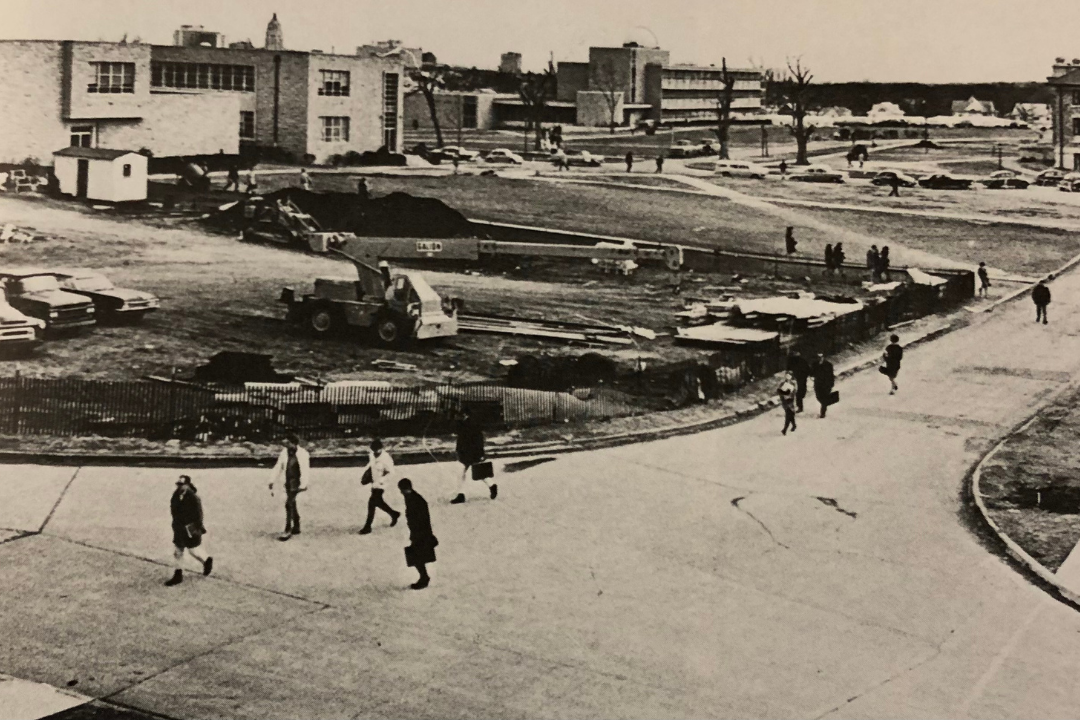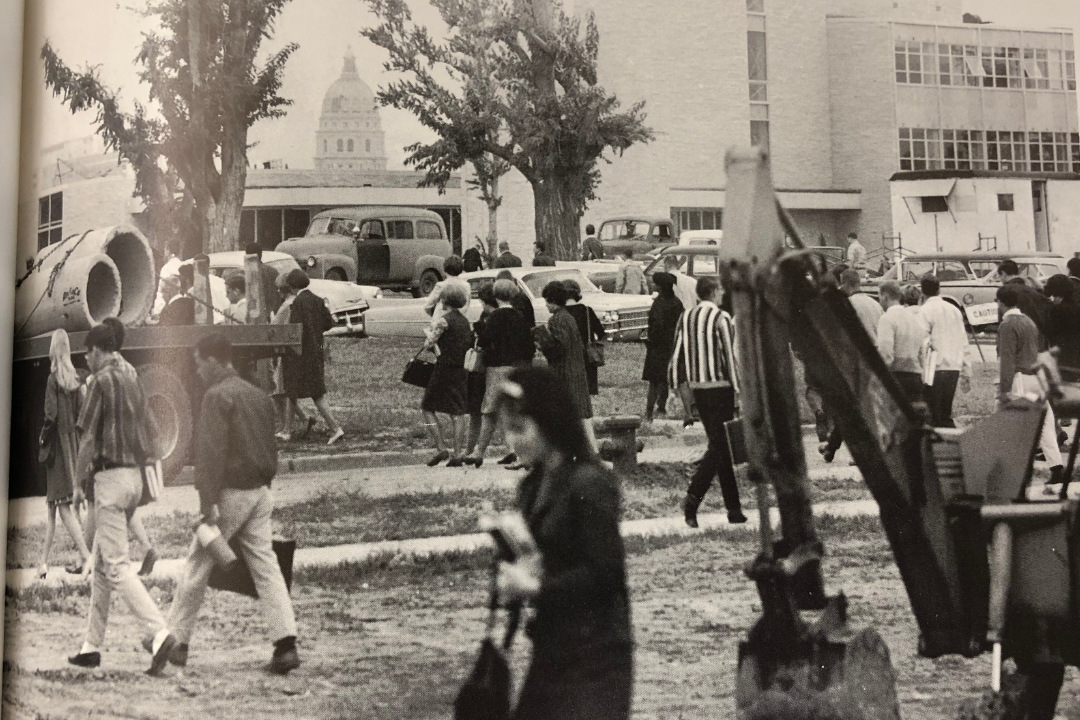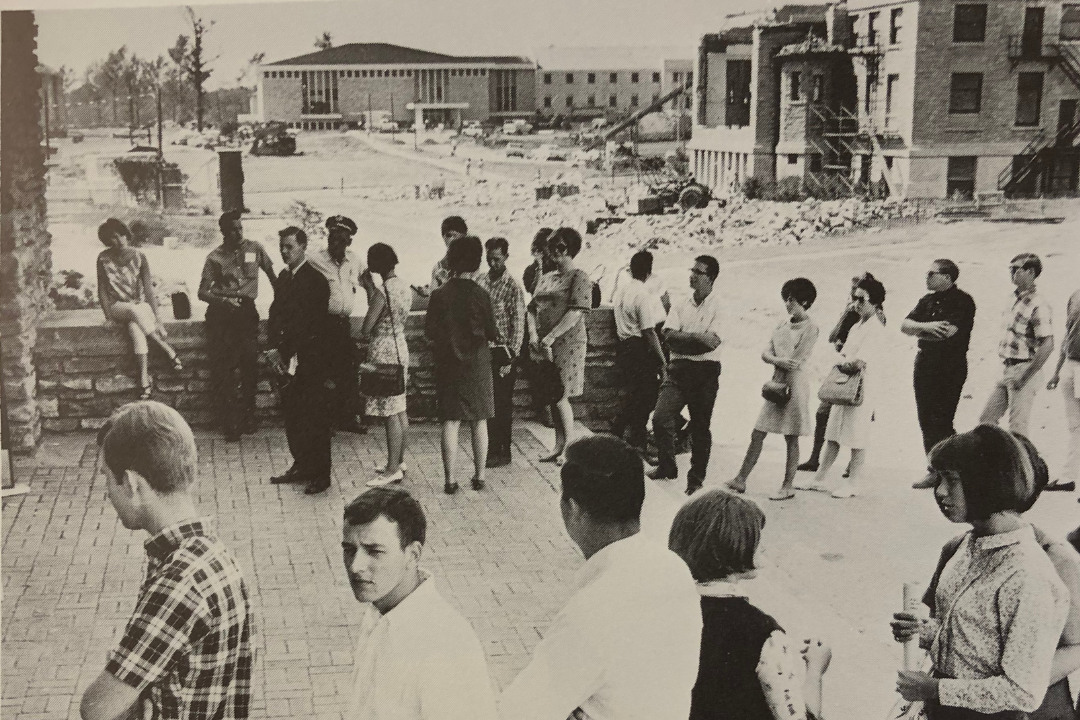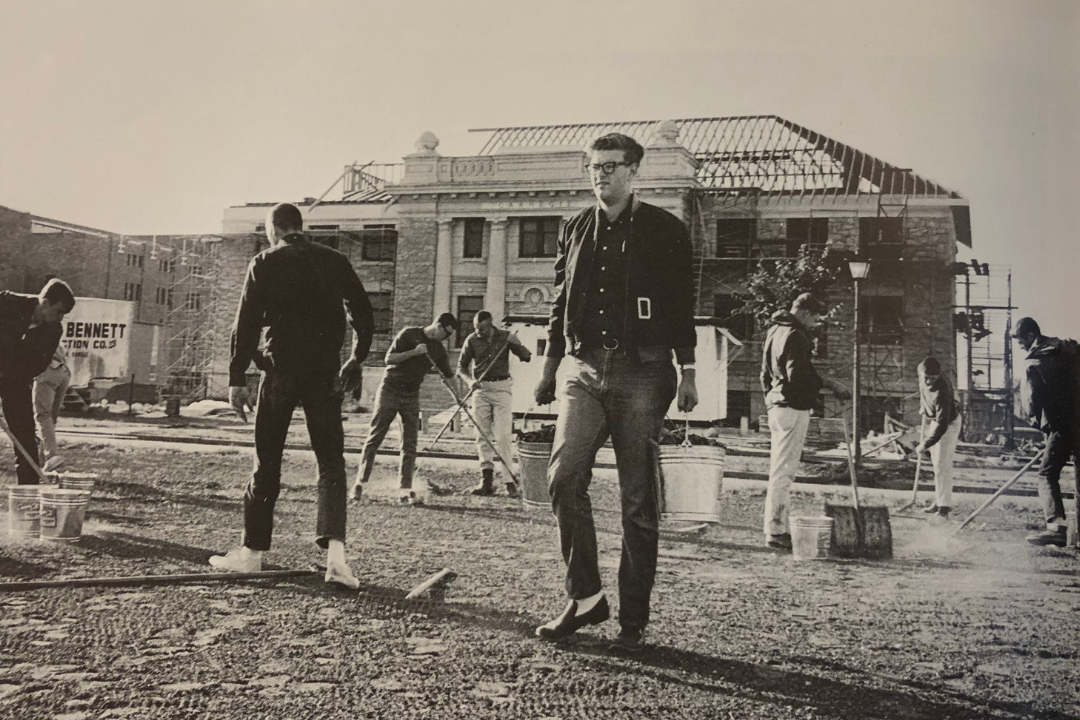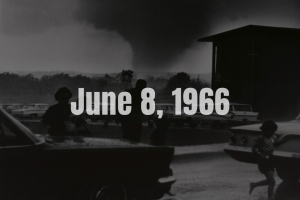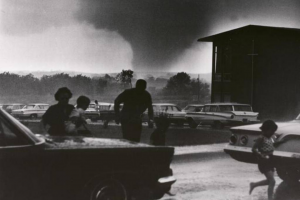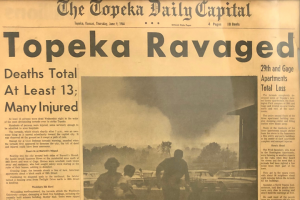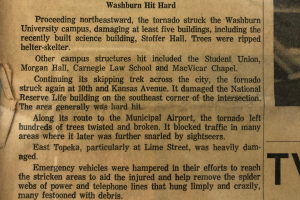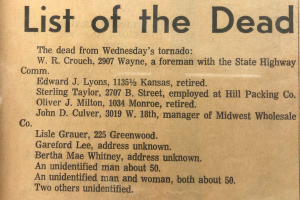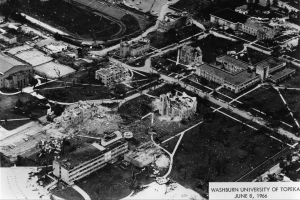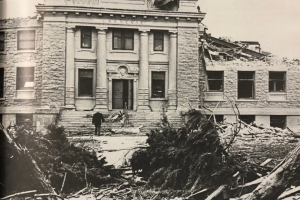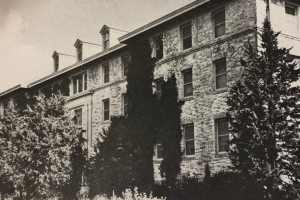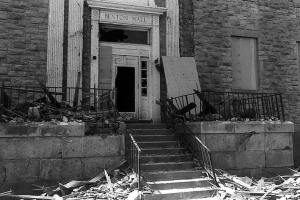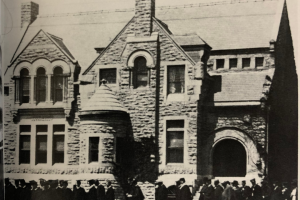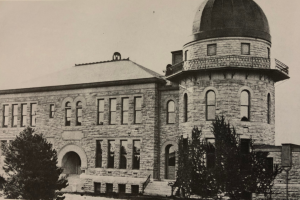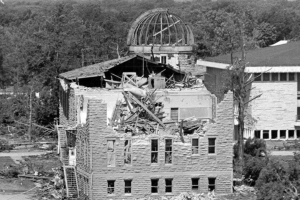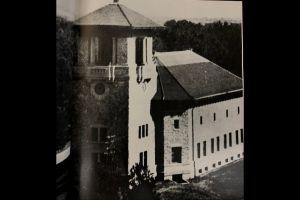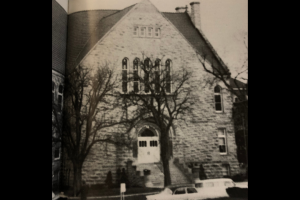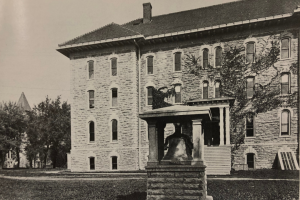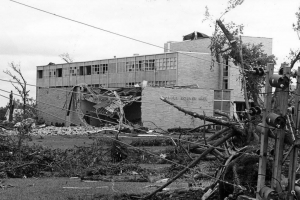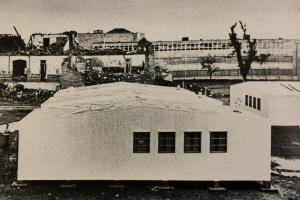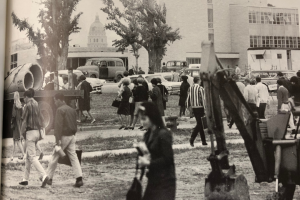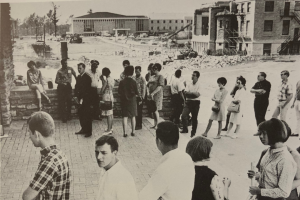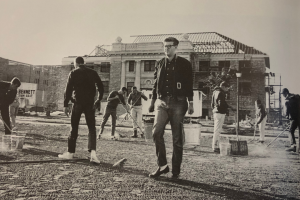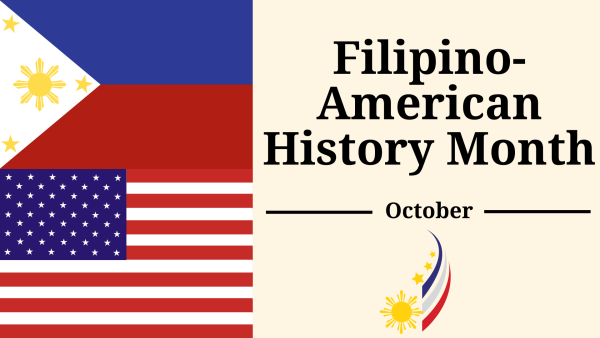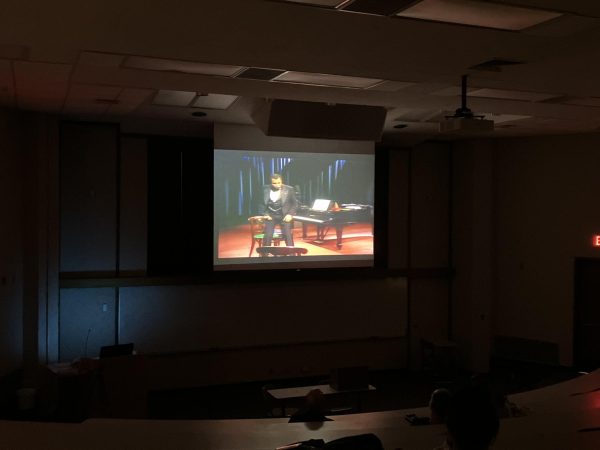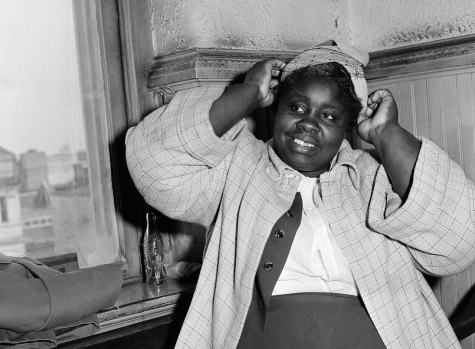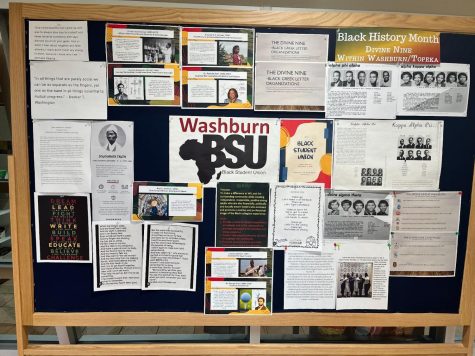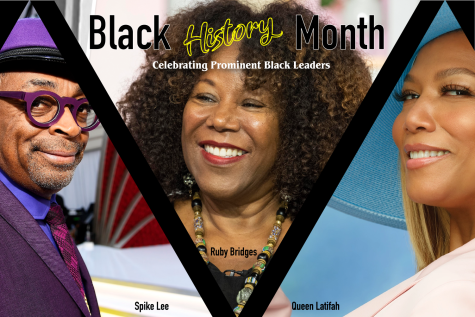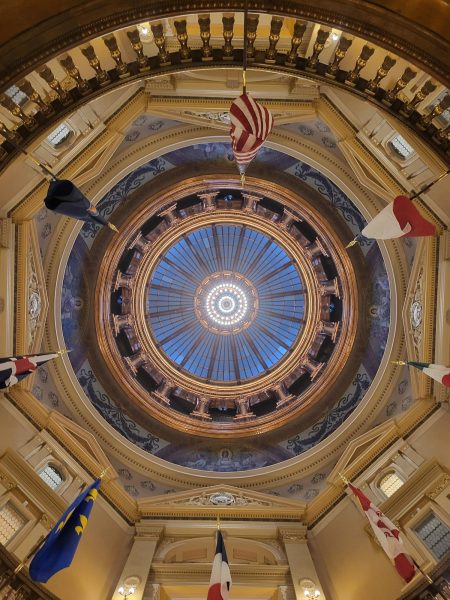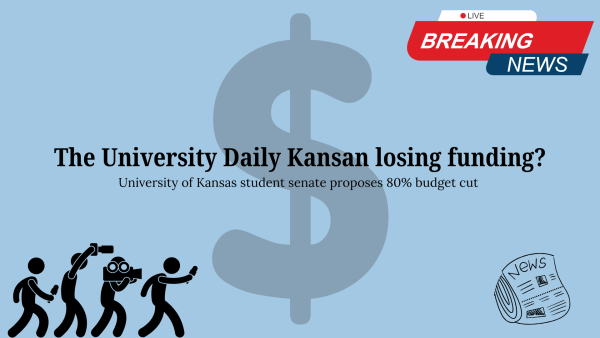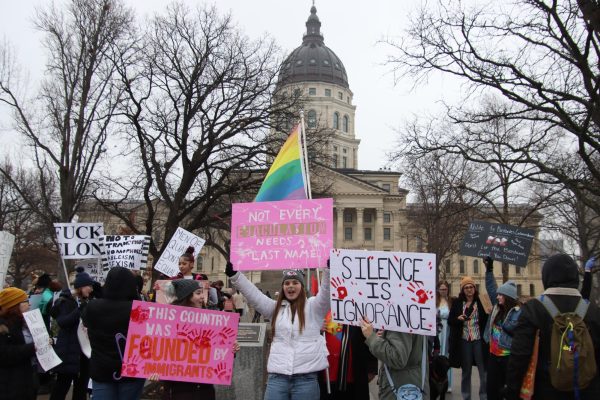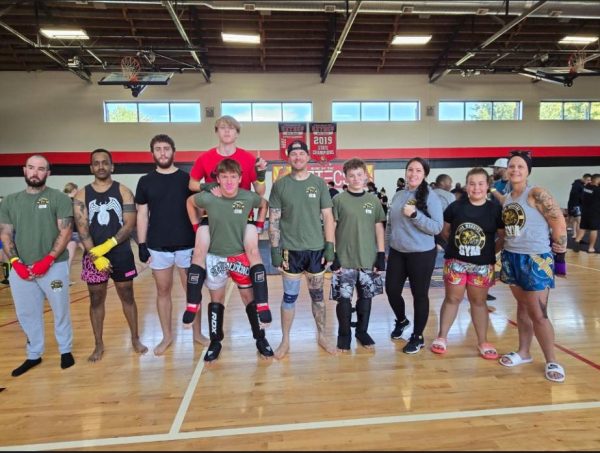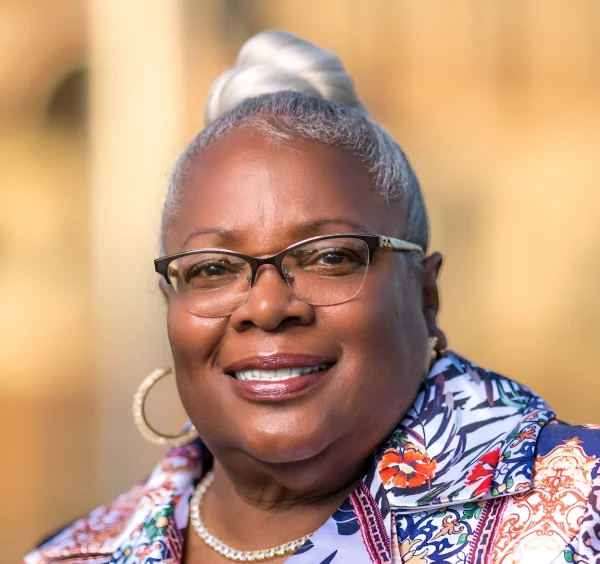The 1966 Topeka tornado: 55 years later
Editor’s note: Today marks 55 years since the Topeka tornado tore its way through the city on June 8, 1966. The damage and devastation the tornado left behind will never be forgotten. Those individuals that lost their lives in this horrific disaster will forever be remembered by friends, loved ones and the city of Topeka.
Washburn University’s campus received its fair share of destruction at the hands of the F-5 tornado. This gallery provides on-campus photos following the disaster along with pre-tornado photos of buildings that were lost and buildings that were impacted but later rebuilt.
The first article included below is an excerpt from chapter two of Martha Imparato’s, “Washburn University History.” Imparato is the university archivist and director of special collections at Mabee Library.
Following that is an article from the 1986 edition of “The Kaw” yearbook when they honored the 20 year anniversary of the tornado. The article provides a brief overview of how different things were on campus 20 years later, including the price of tuition which I can confirm is no longer only $53 per credit hour. It also has first-hand experiences from the infamous day which give frightening context to those who have never been in a tornado.
Although I was not alive during the 1966 Topeka tornado, the research I have done has given me the opportunity to learn about an event that plagued the city I was born and raised in and the campus I have spent the last three years at. I’m grateful to have grown up in such a resilient city and I find great pride in my school which has been beautifully rebuilt since then. As time goes on, I know both the city and university will continue to grow no matter what hardships they may face.
I want to give a special thanks to Martha Imparato for her historical background on the tornado, specifically addressing its impact on Washburn’s campus. I also want to thank the “Topeka Capital Journal” for some of the photographs included in the gallery and a video of the tornado.
For more information regarding the Topeka tornado, click here. If you wish to hear more personal stories from the disaster, click here.
Chapter 2: Washburn University History
By: Martha Imparato
On June 8, 1966 an F-5 tornado, half a mile wide, cut a diagonal path of destruction across the Washburn campus and Topeka. When the winds stopped, the campus was in shambles and five buildings were damaged beyond repair. President John Henderson and the Board did not even think about closing down the school. Summer school was held as scheduled in rented space at Topeka West High School and area churches. Throughout the summer, rubble was cleared away, windows and roofs were replaced and buildings cleaned. A large number of mobile classrooms were installed on campus, courtesy of the Federal Government, and the university held classes on campus fall semester 1966.
Buildings that were destroyed:
• Rice Hall
• Boswell Hall (a stained glass window survived and hangs in White Concert Hall)
• MacVicar Chapel
• Crane Observatory
• Thomas Gymnasium (its bells now hang in Kuehne Bell Tower)
Buildings added during the years right after the tornado:
• Memorial Union addition (was already in progress when tornado hit)
• Morgan Hall west wing, 1967 (3 stories instead of 2 for maximum number of classrooms)
• Garvey Fine Arts Center, 1968 (was in the planning stages, fast tracked after the tornado)
• Law School, 1969
• Henderson Learning Center, 1971
Within 5 years after the tornado all the classrooms had been replaced and the university switched from rebuilding to growing again. The School of Nursing started as a small department in 1974 and quickly grew to become a school. Numerous certificate and 2-year programs were added during this period. The departments of business and economics were organized into the School of Business and it grew swiftly also. During the last half of the 20th century Washburn had transformed into a thriving, more career oriented university, while still preserving its liberal arts heritage.
Facilities added 1976-1999:
• Mabee Library, 1978
• Kuehne & West Residence Halls, 1980 & 1985
• Petro Allied Health Center, 1983
• Bennett Computer Center, 1988
• Falley Field, 1990
• KTWU building, 1994 (The station moved from Menninger Hill where it had been since 1965; the tower is still there. KTWU was the first public television station in KS.)
• Bradbury Thompson Alumni Center, 1996
The Kaw: 1986
“Twenty Years After June 8, 1966”
Many things are different at Washburn, 20 years later, after the tornado hit Topeka and the campus, at 7:12 p.m. on June 8, 1966.
Resident tuition for 1965-67 was $10 per credit hour as opposed to $53 per credit hour for a student enrolled in the spring of 1986.
Benton Hall housed 107 women and Carruth* had 84 men. All single out-of-state freshman women under 21 were required to live in Benton Hall or sorority houses.
Today, part of Benton Hall has been converted to classrooms with one floor and one wing of the building for men and just one wing for women. Carruth now houses 83 women.
These are just some of the changes that have taken place during the last 20 years. Some of the changes are highly visible and are a direct result of the 1966 tornado that devastated a half-mile wide, 15-mile long path through Topeka. Washburn University lay directly in that path and the next day was on the list of the most catastrophic areas in Topeka.
Mulvane Art Center listed the least amount of damage with minor roof damage and a few broken windows.
Rice Hall, the university’s oldest building, was a total loss as was MacVicar Chapel, Boswell Hall, Crane Observatory, and Thomas Gymnasium.
People were attending a piano recital in MacVicar Chapel. When the storm came everyone tried to retreat to the southwest corner of the basement, but the room was locked, so they went to the northeast room. Lloyd Lee Dodson, Dean of Students, remembers, “the chapel took a terrible beating from the tornado and big stones filled the southwest corner of the basement.”
A man who was attending the recital with his family said in an interview shortly after the tornado. “We saw the sky with the debris swirling around, and realized that this was a tornado. Somebody yelled, ‘Get down everybody,’ and we lay down on the floor. My wife was near me, and she grabbed my daughter and lay on top of her. People tried to get under the seats. There didn’t seem to be much protection. Most of us just lay on the ground in the open room.”
When they realized the storm had passed he said they tried to go out into the hallway, but found the door completely blocked. “We pushed against it, but there was no budging it. We realized something in the building had fallen in and we were blocked in the room. Then we looked at the window and saw we could climb out.”
Dean Dobson said he came back that night, and everyone pitched in and worked. They formed committees and work crews. Alumni, staff, everyone pitched in to help. “We started cleaning away debris so we could get around. You could hear chainsaws everywhere around us.”
Carnegie Hall, which was the law school headquarters at the time, had extensive damage to the upper sections where floors and ceilings crumbled. The building was repaired and now houses the Department of Education. The west end of Stoffer Science Hall was blown away, and a structural defect was reported at the east end. The observatory and the university telescope disappeared. Morgan Hall had nearly every window broken and debris covered everything. The entire roof structure of Benton Hall was smashed and windows were broken and the roof skinned. These buildings all were repaired and are still in use.
All the buildings above the seats were swept away and light poles were broken like toothpicks in Moore Bowl.
The Greek houses did not fare well either. The Delta Gamma House was declared a total loss, and was rebuilt. Zeta Tau Alpha Sorority House had the center of the roof swept away and extensive glass damage, but was repaired and is still used by the sorority. Kappa Alpha Theta Sorority House suffered extensive damage and was rebuilt. By fall of 1966, a master plan was started for the university. The plan has been followed with only a few deviations. All new additions planned for Washburn University in the future will fit in the master plan.
The area surrounded by Morgan Hall on the north, Moore Bowl on the south and the Memorial Union on the west is an open area called the Commons.
Mabee Library was constructed west of Moore Bowl, and west of the library is Henderson Learning Resource Center. Garvey Fine Arts Center and White Concert Hall were built beside Mulvane Art Center. The Washburn Law School has its own building on the northwest side of the campus by MacVicar Avenue and two new residence halls have been added.
*Carruth was a Residence Hall that was later torn down for the Living Learning Center which was completed in 2001
Your donation will support the student journalists of Washburn University. Your contribution will allow us to purchase equipment and cover our annual website hosting costs.
